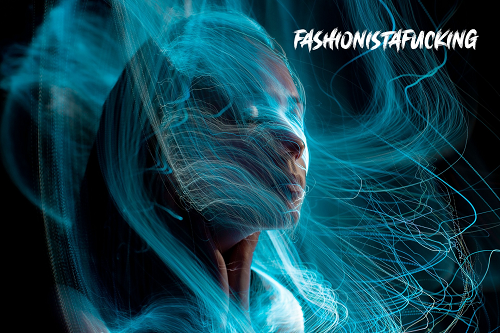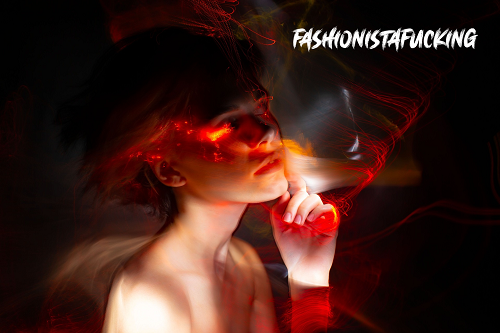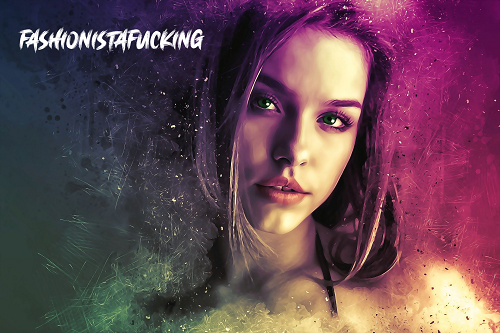An Elegant Art:
Fashion:
Fashion and Fantasy in the Eighteenth-Century West This, then, is the Age of Enlightenment eighteenth century, that’s to say, more or less, all things elegant, refined, and in bud individuality. And about then, too, it is that fashion came in and flourished as well: rich, elaborate art that is, one dealing with a visual representation of social position, personal identity-politics. All these twisted fashions and fantasies set the aesthetic sense of the era; clothes, in their richness, began speaking for themselves, creativity turned into narration, and even into political commentary.

Explore this fascinating world of eighteenth-century fashion, from its luxury designs to fantastical inspirations and cultural significance. There is also a FAQ section there answering common questions about this artistic period.
Key Features of Eighteenth-Century Fashion:
Fashion:
- Spectacular Textiles: They used silk, satin, velvet, and lace. These lavish fabrics became metaphors for wealth and sensibility.
- Extremes in Adornments: Beadwork, embroidery, and hand paintings decorated clothes as if clothes were objects of wearable art.
- Silhouettes Sculpted: Clothes shaped into dramatishapespe. It is at such a time, that whcorsetssand et, powder wigs helped sculpt the pannier shape that so eloquently became very.
- Color and Iconography: the preferred themes were
- pastels alongside deeper jewel tones: Sometimes the hue was enhanced by symbolic representation — gold, meaning ‘prosperity, a loyal subject to wear blue, or an intention with red passion.
- Wardrobe and Accessories: Headdresses, fans, mittens, and ornaments, completed the outfit. It was the ornaments that symbolized culture and society at large.
Fantasy and Fashion from the Eighteenth Century:
Fashion:
Fantasy was very prominent in eighteenth-century aesthetics. Ideas were derived from themes such as mythological themes, nature, and cultures of foreign lands. These ideas formed dramatic yet symbolic pieces.
1. Mythological Themes
Dresses and hairdos for the women were defined by goddesses, nymphs, and other mythological beings. These called up an almost ethereal beauty and timelessness about the motifs.
2. Nature-Inspired Motifs
Floral motifs, plumage, and bird or rustic scenes came to constitute motifs in amply use among clothes and accessories. That is the very Romanticist’s infatuation with nature and harmony in it.
3. Chinoiserie and Other Exotic Flavours
All these exotic attractions that emerged from commerce and exploration somehow found their way into the mainstream with inspiration from “Chinoiserie” and other foreigners.
4. Masquerade Ball
Masquerades were very popular where the guests put on the most extravagant attires to resemble fancy fancies. This event perfectly encapsulated the marriage between fantasy to make everyone take a break from the stigmas of society.
Cultural and Social View:
Fashion:
The eighteenth century was highly associated with social, political, and cultural issues.

- Class Difference: This separated classes. It was through their extravagant dress that the nobility portrayed their richness and prosperity; the commoners, however, were dressed in simple utility dresses.
- Gender Roles: The males and females were stereotyped into certain kinds of dressing. The lady’s gown represented the concept of beauty and elegance while the man’s coat and waistcoat represented power and muscular force.
- Political Identity: Politics has also been depicted in the shape of. In other words, the primitive style suggested the ideology of republicanism during the French Revolution.
- Artistic Link: was sometimes integrated with other arts like painting and drama. The artists produced work that included subjects; hence, immortalizing them.
Whythemghteenth-Century Matters Today:
Fashion:
The influence of the eighteenth century is not limited to its historical context. Modern designers now take inspiration from this period as they bring luxury and creativity into modern collections. That was the era that emphasized individuality and telling stories through clothes, an influence on the present-day ethos.
Frequently Asked Questions About Eighteenth-Century :
Fashion:
1. What are the salient features of women’s clothing in the eighteenth century?
Women included corsets, panniers to spread outskirts, flowing gowns, and numerous accessories like fans and jewelry. Hairstyles are tall and decorated.
2. What was the difference through which men’s differed from women’s?
Men’s fashion was about tailored coats, waistcoats, breeches, and cravats. Not as elaborate as the women’s but their clothing was made from fine fabrics and had full embroidery.
3. What were the wigs of the eighteenth century?
Wigs were a status symbol and stylistic trademark. Men powdered and wore theirs; men’s styles were shorter, while ladies sported taller, more elaborate designs.
4. Fantasy or fashion?
Fantasy encouraged clothing designs with mythological, natural, and exotic themes. Masquerade balls allowed costume wearers to become fantasies.
5. WAS FASHION POSSIBLE FOR ALL CLASSES?
In many ways, it was only possible for members of the upper classes to afford, which were both costly in materials and labor. The underclasses were limited to much more plain, less fussy garments.
6. What are panniers, and why did they become so popular?
Panniers are structural undergarments that perform the function of widening out the skirts. They became so popular because of creating dramatic silhouettes of elegance and grandeur.
7. How do political events, such as the French Revolution, affect fashion?
It offered much more practical, sensible dress with republicanism values rather than excess at the door of the aristocracy.
8. Are there museums or exhibitions specifically on eighteenth-century fashion?
Yes, some of the world’s finest museums have collections and exhibitions on eighteenth-century: namely, the Victoria and Albert Museum in London and the Metropolitan Museum of Art in New York.
9. What are some common fabrics and materials used in eighteenth-century clothing?
Silk, velvet, satin, and lace were mainly used,d, and cotton for more simple garments.
10. How did the art movement, Rococo impact fashion?
Rococo style was very flamboyant and game-like. It greatly influenced, thanks to the pastel color gamut, delicate patterns, and strong desire for elegance and fantasy.

Conclusion:
Fashion:
This style of the eighteenth century is such a perfect amalgamation of elegance and fantasy, which reflects on social, artistic, and personal elements of people living in that time. With such amazing designs and inventive influences, this period still is appealing and motivational to most historians, designers, and fashion fanaticsThe study of eighteenth-century leads to a whole world of clothing that is needed but in itself is a form of art, conveying stories, and a visual expression of human creativity.
